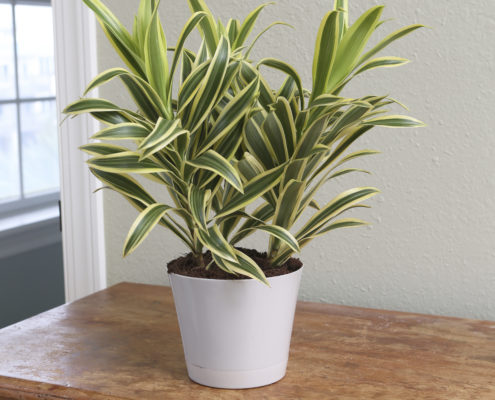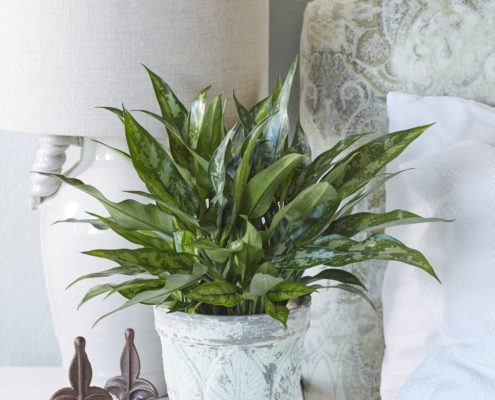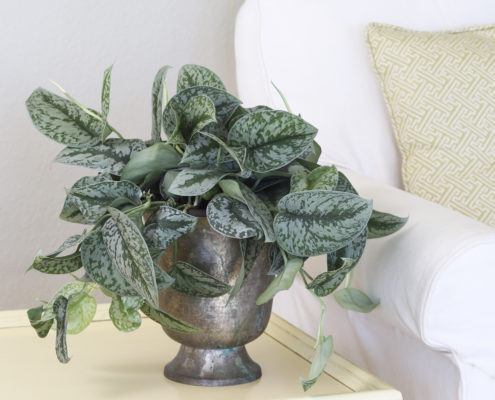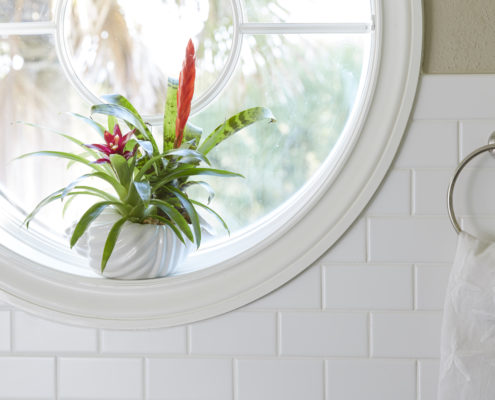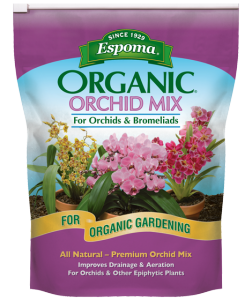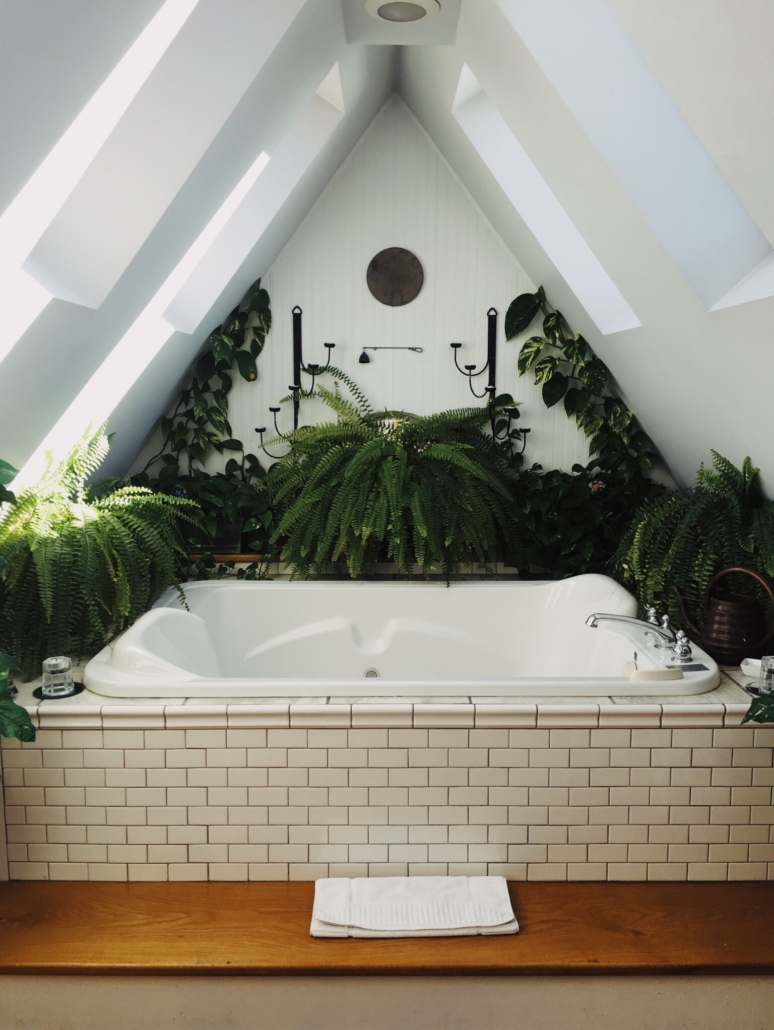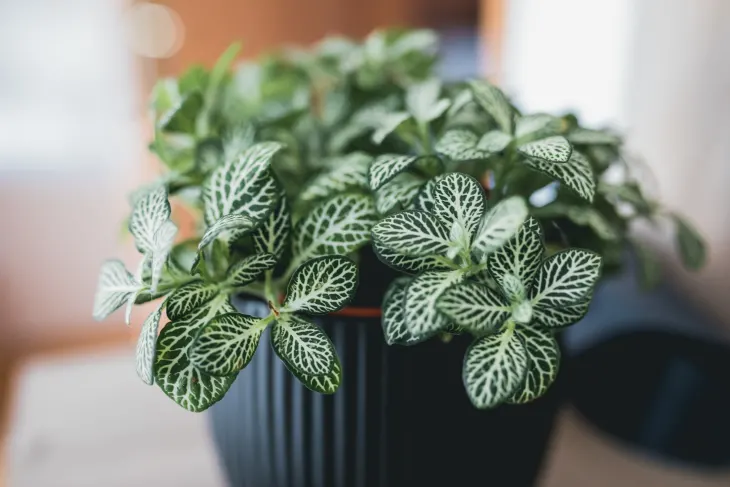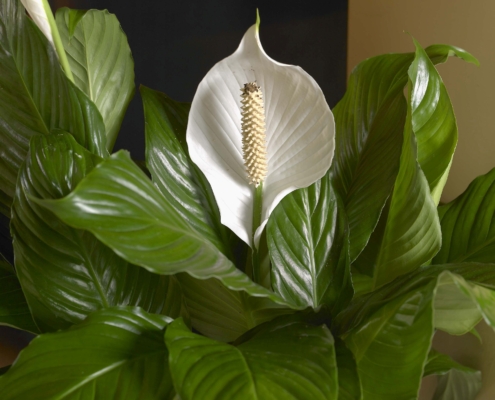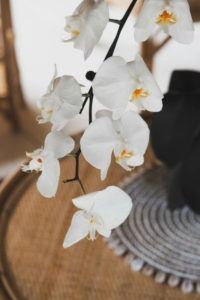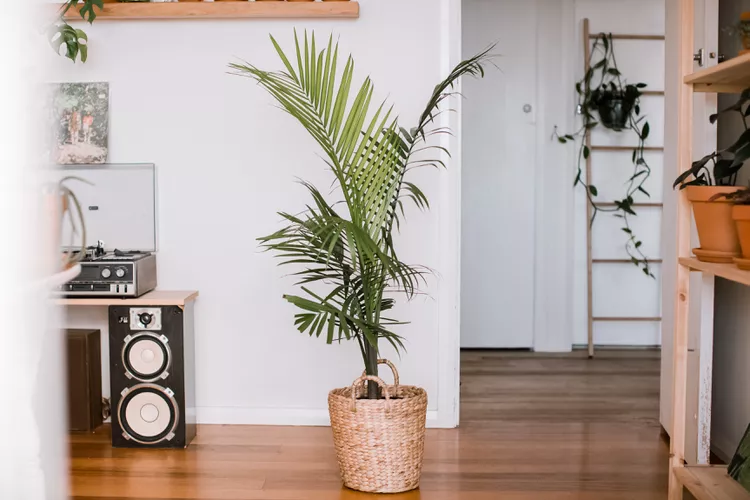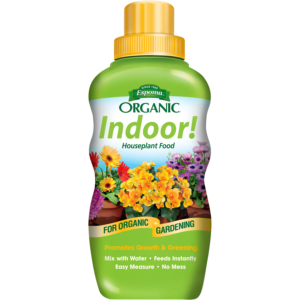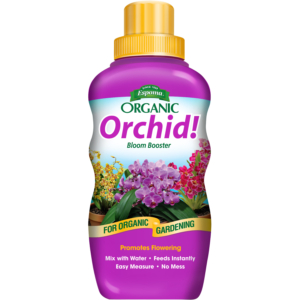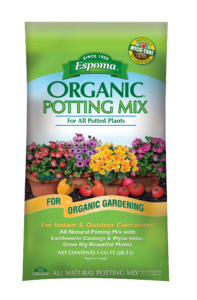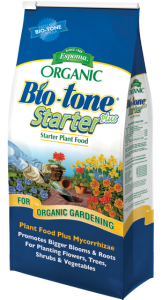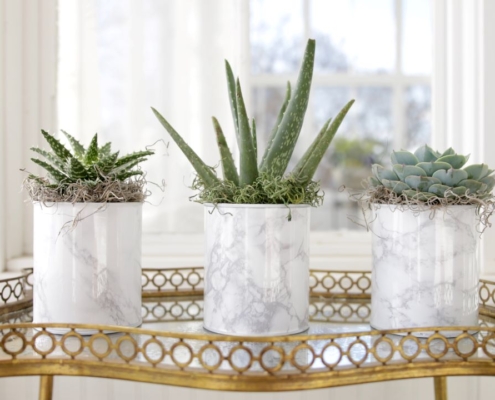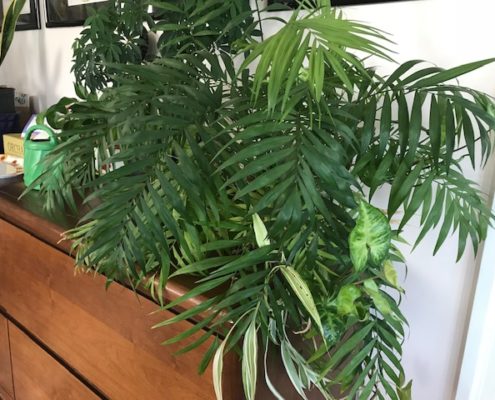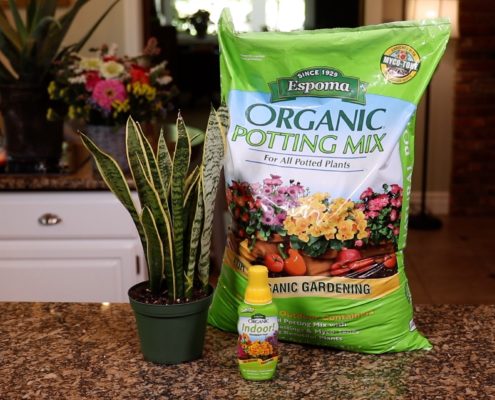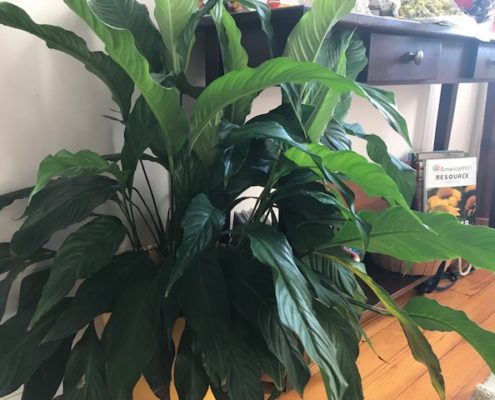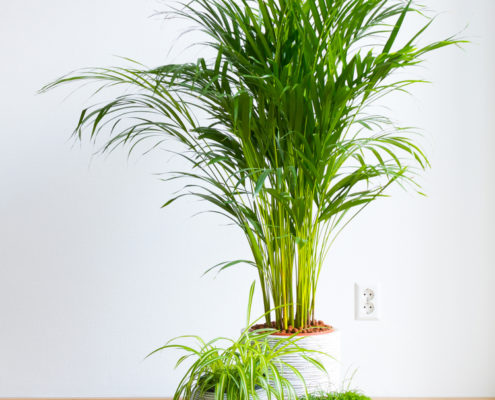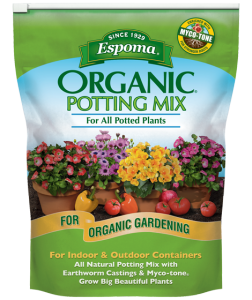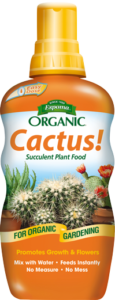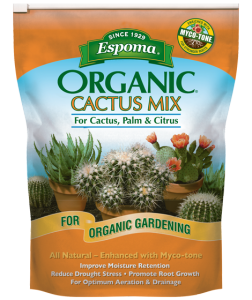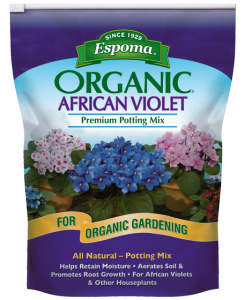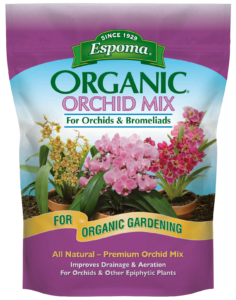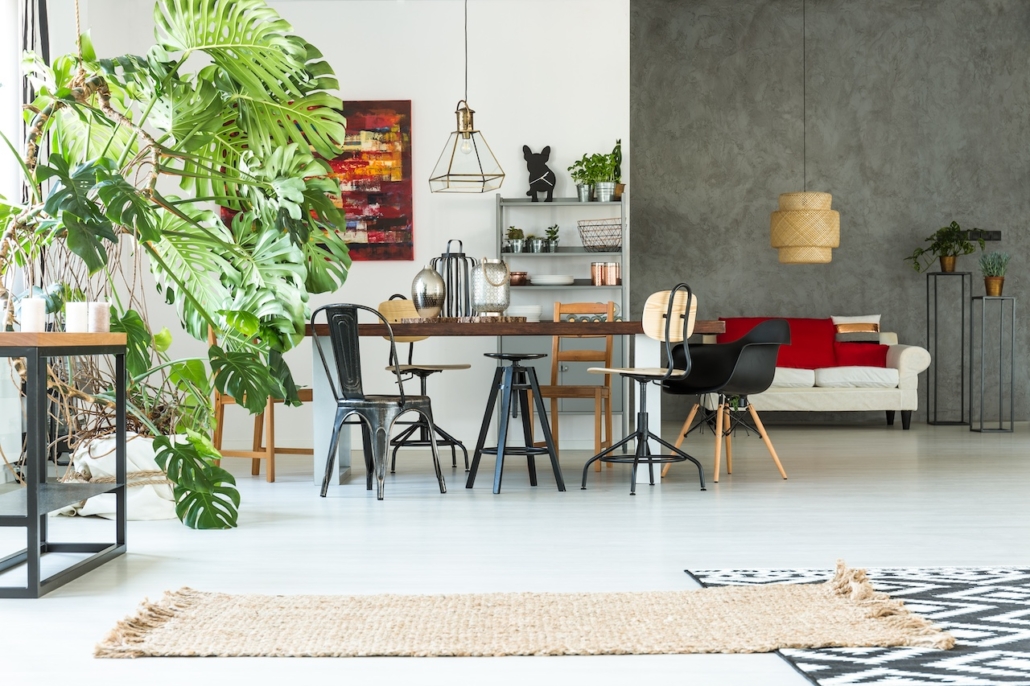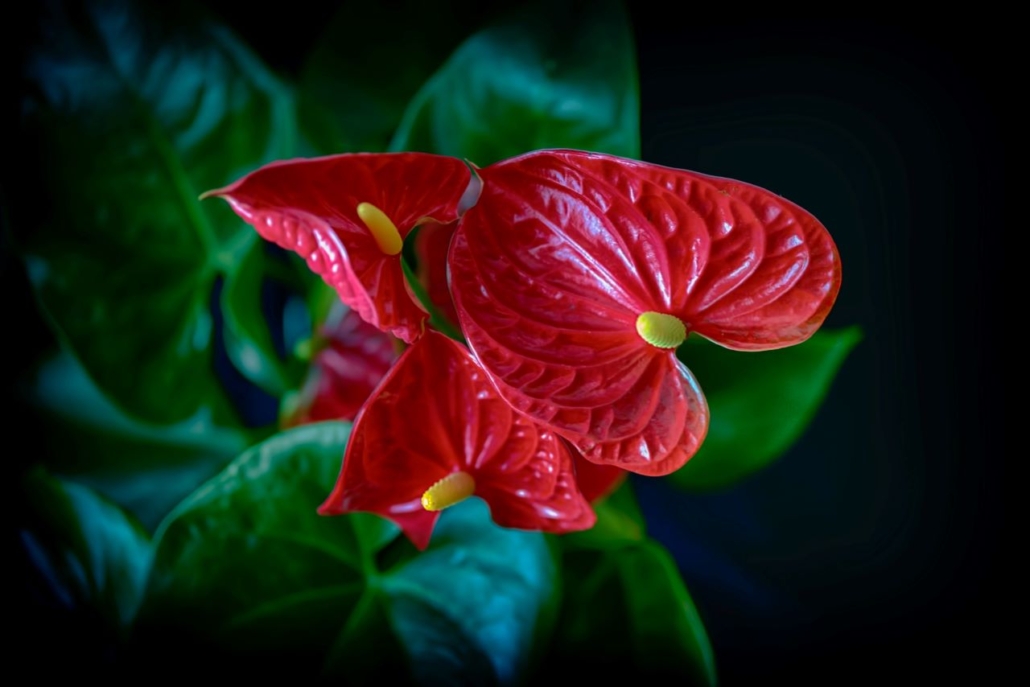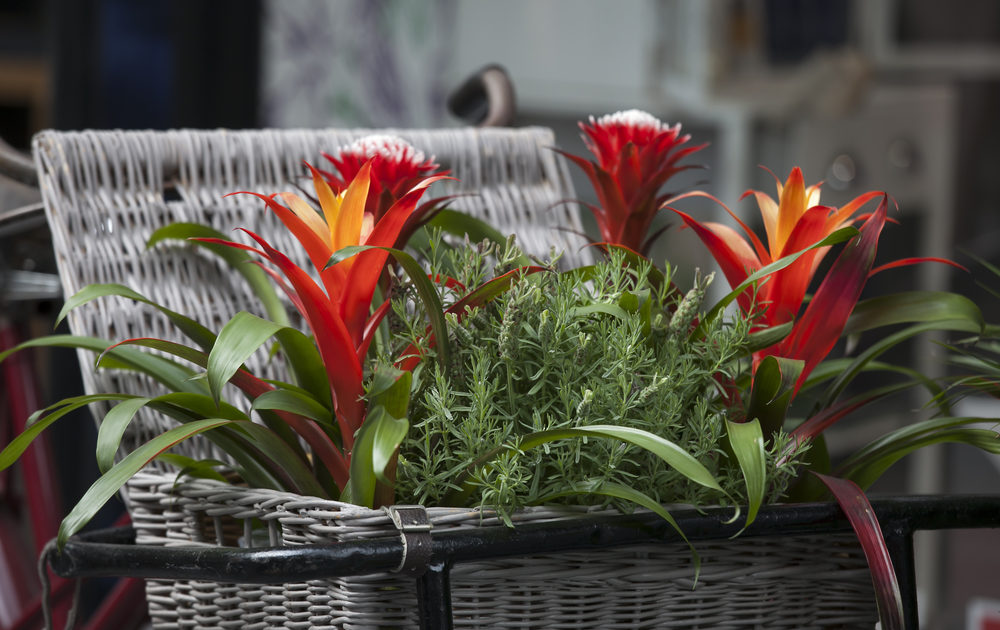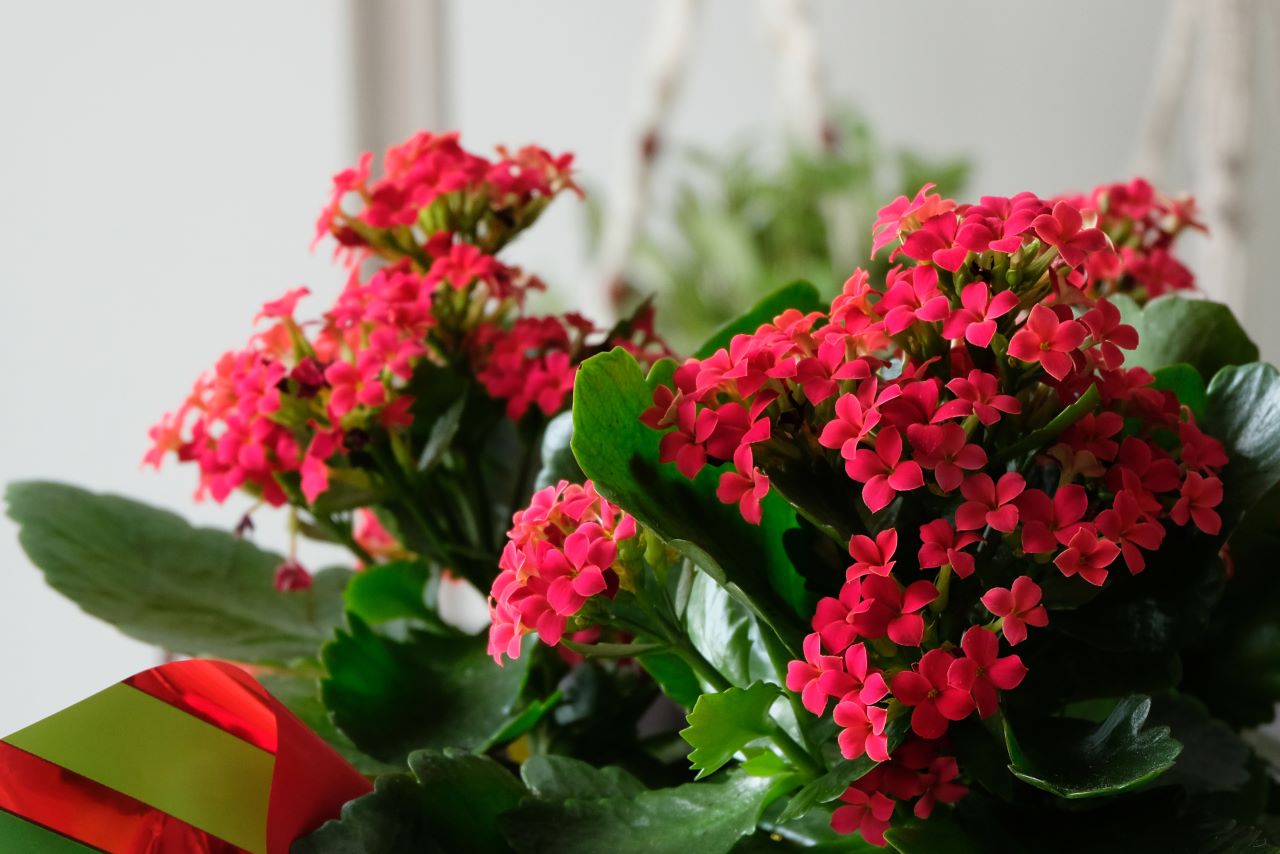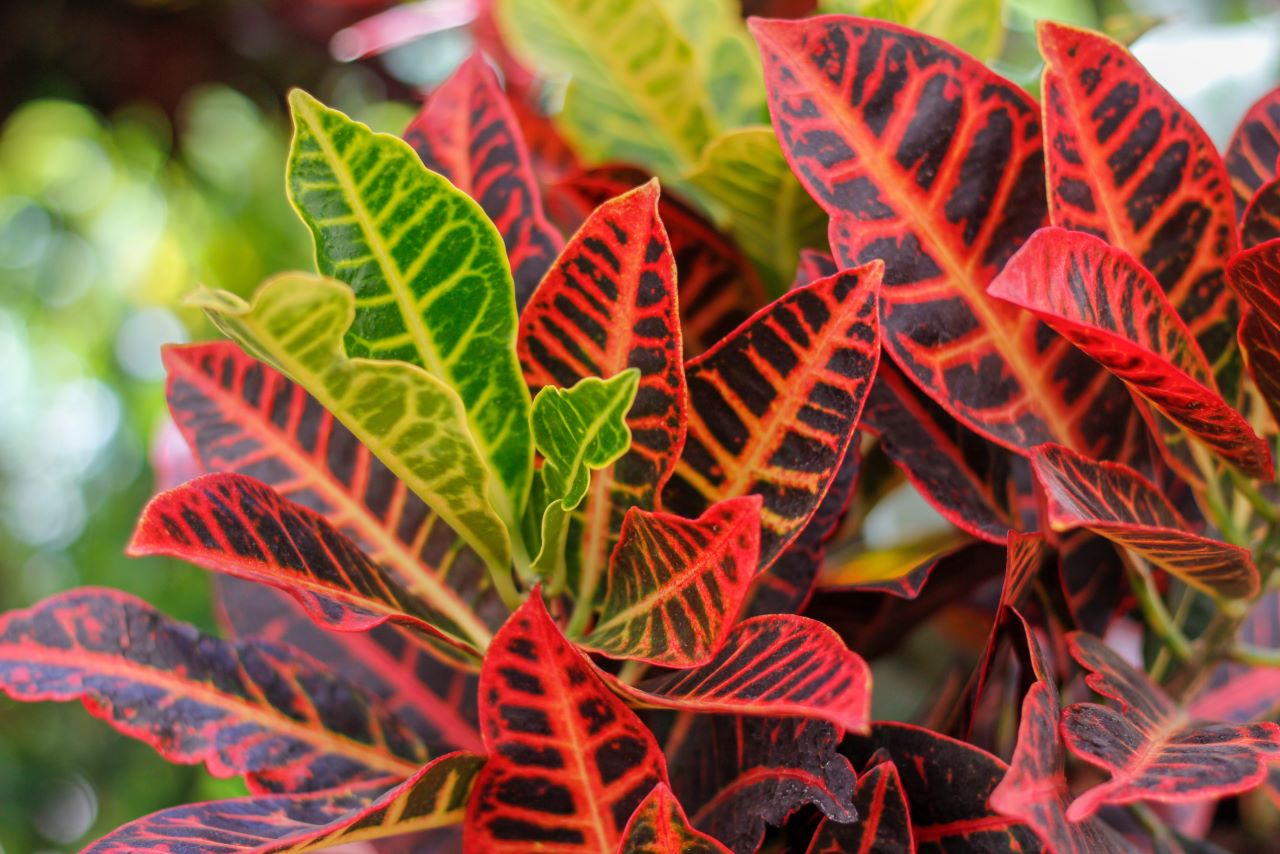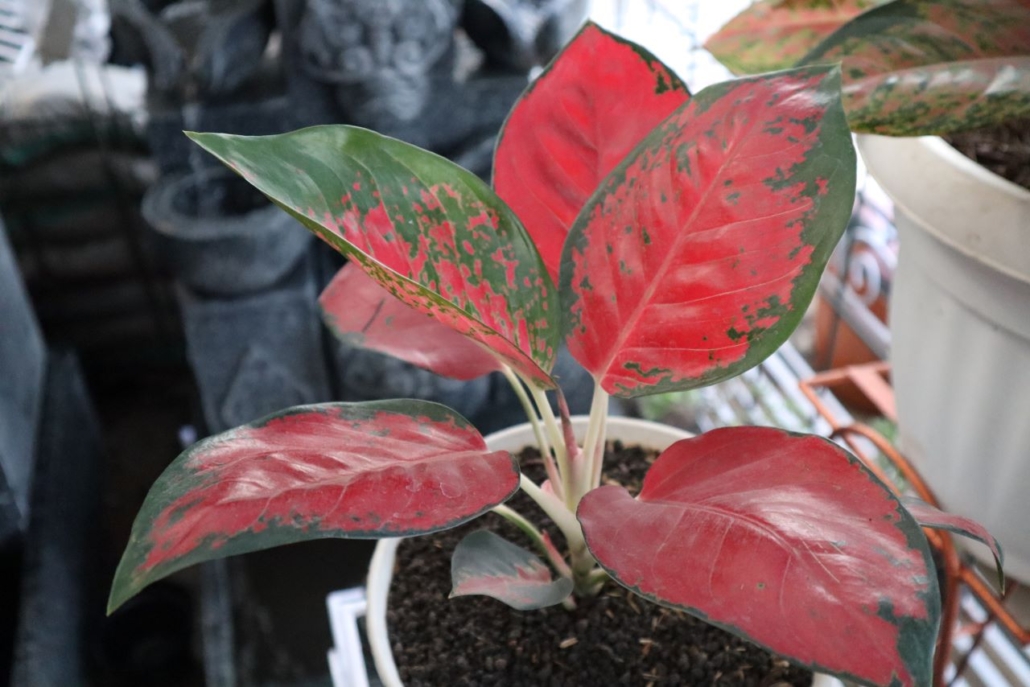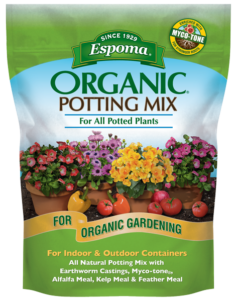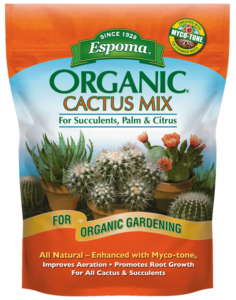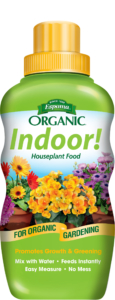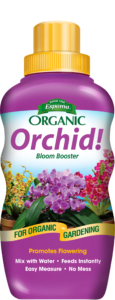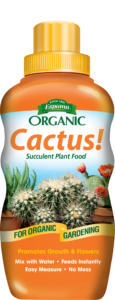Plant parenthood: Top 5 plants to start your houseplant family with
Welcome to Plant Parenthood, a reoccurring series helping you with all things houseplant! As plant people ourselves, we are so happy to see you here. This will be your resource to get you started, to teach you how to care, when to fertilize and much more.
Some of you may already have a houseplant or two, which is wonderful. If you are starting from scratch, below are some great houseplants to get you started. They are easy-to-grow and require little maintenance.
Before getting started think about your lifestyle and what chores you want your houseplant to do. Do you want them to clean the air, just sit around and look pretty or maybe both! Also, think about how much light your space gets, as some houseplants love bright light while others thrive in little to low light.
Top Five Plants to Start Your Houseplant Family:
Peperomia
This tried and true classic is getting more and more popular. Peperomia is compact, so you don’t need a lot of space for it. But don’t let the size fool you, it’s variegated and colorful foliage can pack a punch. Keep your plant near a window, as it likes medium to bright light. Water it when the top two inches of soil are dry, though it can go a bit without water and still be fine. It will not grow quickly, however use Espoma’s Indoor! liquid plant food to give it the nutrients it needs to thrive.
Dracaena
Dracaena will need a new home as it ages. When it is young, it is perfect for a tabletop or desk, as it is a little bushy plant. Though, it can grow 5 to 6 feet tall as an adult. Depending on the variety you choose, its foliage can look like little bursts of stars or fireworks on the tips. It adds dramatic texture to any room. Place it where it looks best in your home – it is not picky about how much light it gets. Water it when the top of the soil dries out.
ZZ Plant
This tough houseplant can survive even with the brownest of thumbs. You can put it anywhere in your home or office and it will be happy to see you. It can even survive with only florescent lights and no natural light. Water when the top two inches of soil are dry. Don’t worry if you forget, it may start to drop some of its leaflets to conserve the water left and will rebloom after a good drink.
Aglaonema
Also known as the Chinese evergreen, this houseplant is stunning. It can come in colors from deep green to silver to red. It is slow growing, with large, narrow and glossy oval foliage. When deciding where to put Aglaonema, keep in mind the lighter the variegation, the more light it needs. So if you opt out for dark green foliage, it can thrive in low light. Water when the top two inches of soil is dry and add humidity around the plant in the summertime. Use Espoma’s indoor! liquid plant food during the growing season to give it the nutrients it needs.
Pothos
Have fun with pothos as you can grow it in a hanging basket to allow the foliage to trail down, trellis it up or allow it to grow horizontally across a shelf or on a cabinet. It has a beautiful green foliage with specks of white, yellow or cream mixed in. It can grow in any kind of light, with low humidity. Keep the soil moist, so water it when the top inch of the soil is dry.
Laura from Garden Answer shows off some low light houseplants that are perfect for anyone looking to get started.
Happy Houseplants Need Food:

